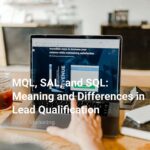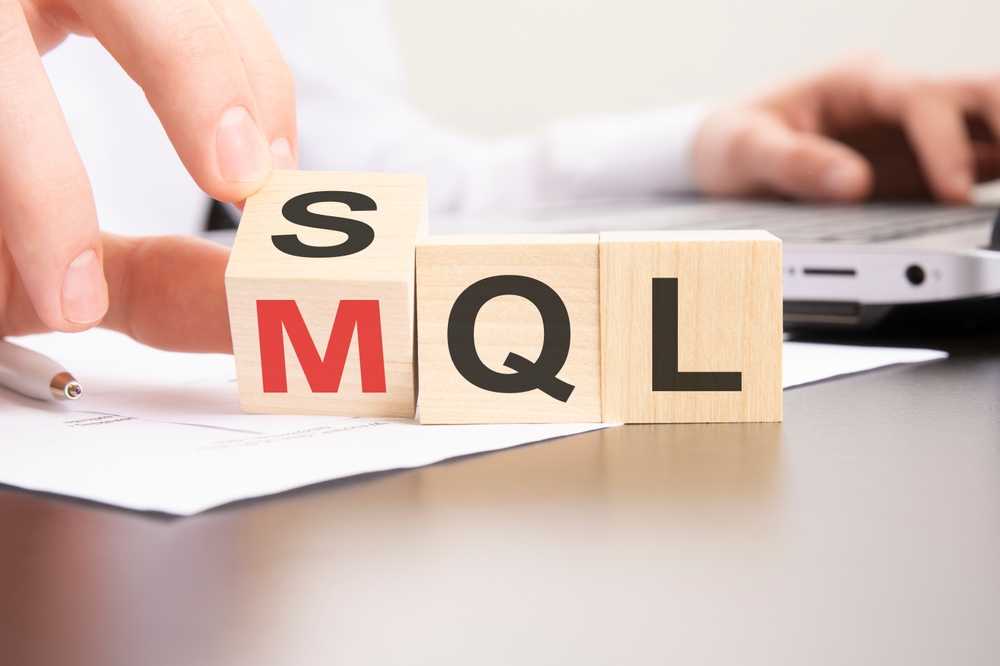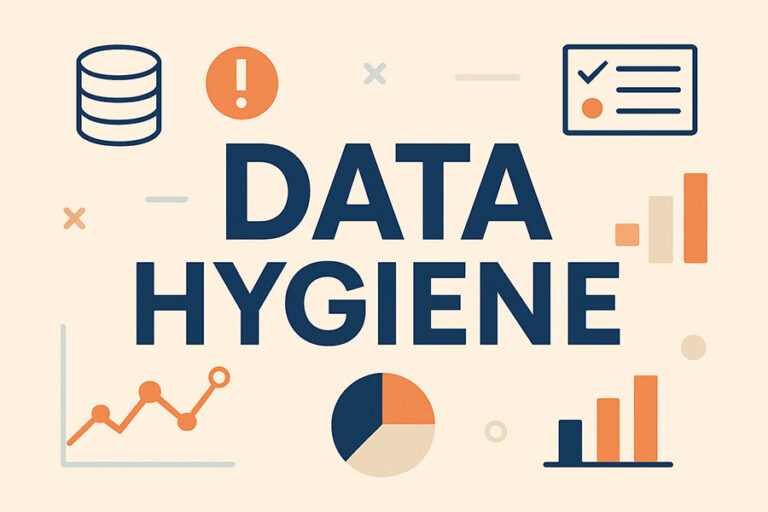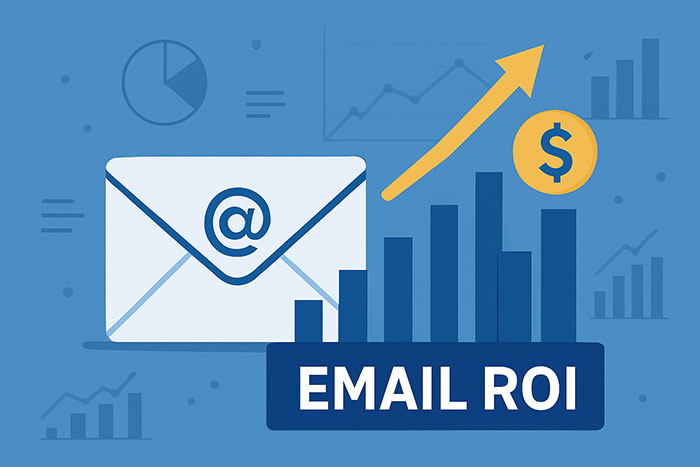

Effective lead management plays a pivotal role in modern marketing and sales strategies. Understanding key stages of the lead funnel—MQL (Marketing Qualified Lead), SAL (Sales Accepted Lead), and SQL (Sales Qualified Lead)—is essential for ensuring seamless alignment between marketing and sales teams.
What is an MQL?
A Marketing Qualified Lead (MQL) is a potential customer who has shown interest in a company’s product or service through marketing channels but has not yet engaged with sales. These leads are typically identified through specific behaviors, such as:
- Downloading whitepapers or eBooks
- Subscribing to newsletters
- Repeatedly visiting product pages
- Filling out lead capture forms
MQLs indicate an initial level of interest but require further nurturing before they’re ready for direct sales engagement.
Characteristics of an MQL:
- High Engagement with Marketing Content: MQLs interact actively with your content but haven’t indicated readiness to buy.
- Identified via Scoring Models: Companies often use a lead scoring system to categorize MQLs based on behavior and demographic fit.
- Nurturing Phase: Since MQLs are at the top or middle of the funnel, the primary goal is to provide them with more information and guide them toward considering a purchase.
Understanding SAL: The Bridge Between Marketing and Sales
A Sales Accepted Lead (SAL) is an MQL that has been handed off to the sales team and formally accepted for further qualification. The SAL stage ensures that the leads marketing has generated are valid and worth pursuing by sales. This stage represents a crucial checkpoint for maintaining lead quality.
How SAL Works:
- Marketing Hands Off to Sales: Once a lead meets specific MQL criteria, marketing passes it to sales.
- Sales Validates the Lead: The sales team evaluates whether the lead is appropriate for follow-up based on criteria such as company size, budget, or decision-making authority.
- Collaboration and Feedback: Marketing and sales teams collaborate closely to refine the lead qualification process, ensuring that only high-potential leads move to the next stage.
SALs minimize friction between marketing and sales, improving overall lead quality and conversion rates.
What is an SQL?
A Sales Qualified Lead (SQL) is a lead that has passed through the SAL stage and is now considered ready for direct sales engagement. SQLs demonstrate clear buying intent and match the company’s ideal customer profile (ICP). This stage marks the beginning of the direct sales process, where sales teams actively engage with the lead to close the deal.
Key Indicators of an SQL:
- Budget: The lead has the financial resources to purchase your product or service.
- Need: There’s a clear need or pain point your solution can address.
- Timeline: The lead has a defined timeline for making a decision.
- Authority: The lead is the decision-maker or has influence over purchasing decisions.
SQLs are vital for optimizing the sales pipeline and ensuring that sales teams focus on high-probability opportunities.
Major Differences Between MQL, SAL, and SQL
| Criteria | MQL | SAL | SQL |
| Definition | Leads interested in your content or offers | Leads accepted by sales for further evaluation | Leads ready for direct sales engagement |
| Primary Ownership | Marketing | Marketing (handoff to sales) | Sales |
| Objective | Nurture leads and build interest | Validate lead readiness for sales | Convert leads into customers |
| Level of Interest | Low-Medium | Medium-High | High |
| Engagement Type | Content consumption | Initial sales interaction | Active sales conversation |

Best Practices for Managing MQLs, SALs, and SQLs
1. Align Sales and Marketing Teams
Effective lead management requires close collaboration between sales and marketing. Establish shared definitions of MQL, SAL, and SQL to prevent misalignment. Regular meetings can help ensure both teams are on the same page.
2. Implement Lead Scoring
A robust lead scoring system helps distinguish between MQLs, SALs, and SQLs. Scoring can be based on various criteria, such as engagement behavior, firmographics, and intent signals.
3. Use CRM Tools
Customer Relationship Management (CRM) tools play a crucial role in tracking and managing leads at different stages. With CRM software, you can automate lead nurturing for MQLs, streamline the SAL handoff, and track SQL conversions.
4. Continuously Optimize Criteria
Regularly review and adjust the criteria for MQL, SAL, and SQL stages. Use feedback from sales teams to improve lead quality and enhance the overall conversion process.
5. Develop Targeted Content
For MQLs, focus on creating top-of-the-funnel content like blogs, eBooks, and webinars. As leads progress to the SQL stage, offer more detailed and specific content, such as case studies or product demonstrations.
Why MQLs, SALs, and SQLs Matter for Business Growth
Managing leads effectively across the MQL, SAL, and SQL stages ensures that marketing and sales efforts are aligned toward a common goal: revenue generation. By properly defining these stages and implementing best practices, businesses can:
- Improve Lead Quality: Focusing on lead qualification reduces time wasted on unqualified leads.
- Increase Conversion Rates: Targeting the right leads at the right time improves the likelihood of closing deals.
- Enhance Sales Efficiency: Sales teams can focus on high-priority leads, increasing overall productivity.
How to Nurture MQLs, SALs, and SQLs for Maximum Conversion
A well-defined lead funnel is only part of the solution. Without a strategic nurturing process, even high-quality MQLs, SALs, and SQLs may fail to convert. To bridge this gap, businesses must craft personalized, timely, and targeted engagement strategies tailored to each lead type.
Nurturing MQLs: Building Interest and Trust
Since MQLs are at the initial stages of their buyer journey, the primary goal is to cultivate their interest and demonstrate value. This requires consistent engagement without pushing too aggressively toward a sale.
Best Practices for Nurturing MQLs:
- Segment Leads Based on Behavior:
Not all MQLs are created equal. Segmenting leads by their specific interests—whether they’ve downloaded an eBook on a particular topic or signed up for a webinar—allows for more personalized outreach. - Use Automated Email Sequences:
Drip email campaigns are ideal for nurturing MQLs. These automated sequences should deliver a mix of educational content, such as blog posts, case studies, and guides that address the lead’s challenges. Each email should encourage the lead to take a small, incremental action, such as reading an article or signing up for another event. - Incorporate Retargeting Campaigns:
Many MQLs interact with a company’s website or social media but may not convert immediately. Retargeting ads on platforms like Google and LinkedIn can remind them of your brand while offering additional resources that align with their interests. - Offer Free Tools or Trials:
Providing access to free tools, trials, or assessments can boost engagement. These offers allow MQLs to experience the value of your product firsthand without committing to a purchase.
Internal linking to educational resources within your website also helps guide MQLs further down the funnel.

Engaging SALs: Strengthening the Hand-Off to Sales
At the SAL stage, the sales team takes ownership of the lead. However, effective collaboration between marketing and sales remains critical during this transition. A poorly managed hand-off can result in lost opportunities, wasted time, and lower conversion rates.
Steps to Streamline the SAL Process:
- Establish Clear SAL Criteria:
Before marketing passes an MQL to sales, both teams should agree on specific criteria that define a qualified SAL. These criteria might include a minimum lead score, specific job titles, or demonstrated buying intent. - Provide Contextual Information:
When marketing hands off an SAL, they should provide the sales team with as much context as possible, including the lead’s engagement history (e.g., downloaded resources, attended webinars). This helps sales reps personalize their outreach. - Adopt SLA Agreements:
A Service Level Agreement (SLA) between marketing and sales formalizes expectations on both sides. It outlines how quickly sales should follow up with SALs, the communication methods to be used, and how feedback is delivered to marketing. - Maintain Regular Communication:
Sales and marketing alignment requires ongoing dialogue. Regular meetings or feedback loops help both teams refine the SAL process and ensure they are working toward shared goals.
Driving SQL Engagement: Closing Deals Faster
Once a lead reaches the SQL stage, the sales team’s role is to demonstrate how your solution meets the lead’s specific needs and move them toward a decision. SQLs typically require personalized sales strategies that emphasize value, urgency, and trust.
Effective Sales Strategies for SQLs:
- Customize Sales Presentations:
Generic presentations won’t resonate with SQLs. Sales reps should craft personalized pitches that directly address the prospect’s pain points and highlight the benefits of your solution. - Offer Case Studies and ROI Calculators:
SQLs are often focused on justifying their investment. Providing case studies from similar industries and ROI calculators can help prospects visualize the tangible benefits of choosing your solution. - Leverage Social Proof:
Sharing testimonials from satisfied customers or awards your company has received can boost credibility. Social proof reduces perceived risk and builds trust with potential buyers. - Follow Up Strategically:
Persistence is key when engaging SQLs, but timing matters. Reps should balance regular follow-ups with providing new, valuable information each time they connect, such as answers to specific questions or updates on product features.
To manage these interactions effectively, companies should implement robust sales enablement tools and CRM systems.
Metrics to Track Lead Performance Across the Funnel
A successful lead funnel isn’t just about generating MQLs, SALs, and SQLs—it’s about understanding how well each stage performs and optimizing accordingly. Monitoring key metrics at each stage helps businesses identify bottlenecks, improve processes, and ultimately boost conversion rates.
Key Metrics for MQLs:
- Lead Conversion Rate:
This metric tracks the percentage of leads that convert from website visitors to MQLs. A low conversion rate may indicate issues with your lead capture forms, landing pages, or calls to action. - Content Engagement Rate:
Since MQLs engage primarily with marketing content, it’s crucial to measure which pieces resonate most. High-performing content can be replicated, while low-performing assets can be optimized.
Key Metrics for SALs:
- SAL Acceptance Rate:
This measures the percentage of MQLs handed off by marketing that sales accepts as valid leads. A low acceptance rate may point to a need for clearer qualification criteria or better lead scoring. - Time to Follow-Up:
The speed at which sales follows up on SALs significantly impacts conversion. Studies show that responding to leads within an hour increases the chances of conversion dramatically.
Key Metrics for SQLs:
- Win Rate:
The win rate represents the percentage of SQLs that result in closed deals. Tracking this metric helps identify whether the sales team’s approach is effective. - Sales Cycle Length:
This measures how long it takes for an SQL to move from initial engagement to a closed deal. A shorter sales cycle often indicates a well-aligned lead funnel and a highly efficient sales process.

Enhancing Lead Qualification with AI and Automation
As marketing and sales processes become increasingly complex, many businesses are turning to artificial intelligence (AI) and automation to improve lead qualification. AI-driven tools can help streamline MQL, SAL, and SQL management by providing deeper insights, predictive analytics, and personalized engagement.
Ways AI Enhances Lead Qualification:
- Predictive Lead Scoring:
AI can analyze historical data to predict which leads are most likely to convert. This enables marketing to focus its efforts on high-potential MQLs and improve hand-off accuracy to sales. - Behavioral Insights:
Advanced AI tools track user behavior in real-time, offering insights into a lead’s readiness to buy. This data allows sales teams to engage with SQLs at the optimal moment. - Automated Nurturing Sequences:
AI-driven automation platforms can create dynamic email sequences tailored to a lead’s behavior and preferences. This helps nurture MQLs more effectively and shortens the time to SQL conversion. - Chatbots and Conversational AI:
Chatbots equipped with natural language processing (NLP) can qualify leads instantly on your website by asking targeted questions. Qualified leads are then passed to sales in real-time.
The Role of Content in Moving Leads Down the Funnel
Content is a cornerstone of successful lead nurturing, from MQL to SQL. However, different types of content serve unique purposes depending on where the lead is in the funnel.
Content Types for Each Stage:
- MQLs:
- Blog posts that address common industry challenges
- eBooks and whitepapers that offer in-depth insights
- Educational webinars that build trust and authority
- SALs:
- Comparison guides that highlight key differentiators
- FAQs that address potential objections
- Product demos that showcase functionality
- SQLs:
- Personalized case studies showing tangible ROI
- Industry-specific use cases
- Live product walkthroughs with Q&A sessions
Creating high-quality content tailored to each lead stage improves engagement and accelerates progression through the funnel.



